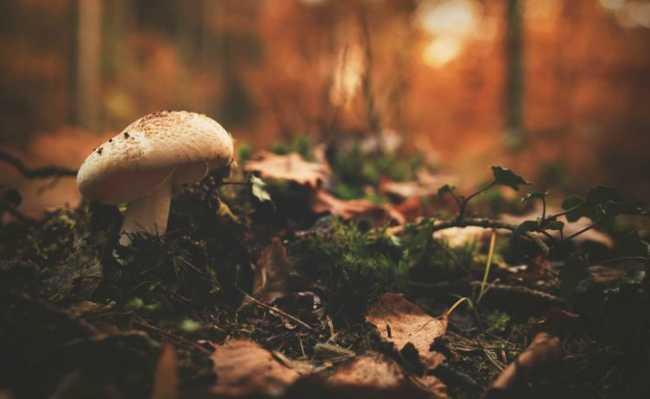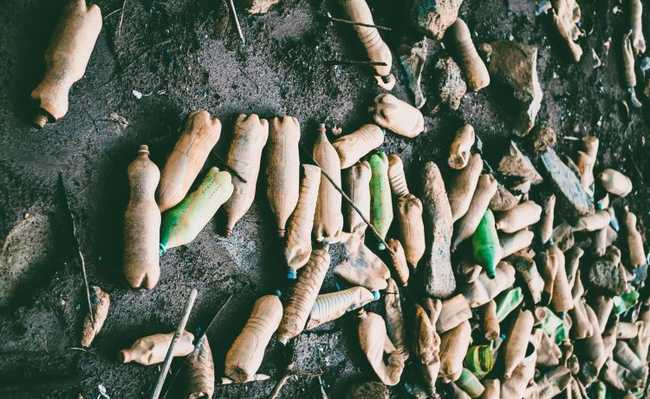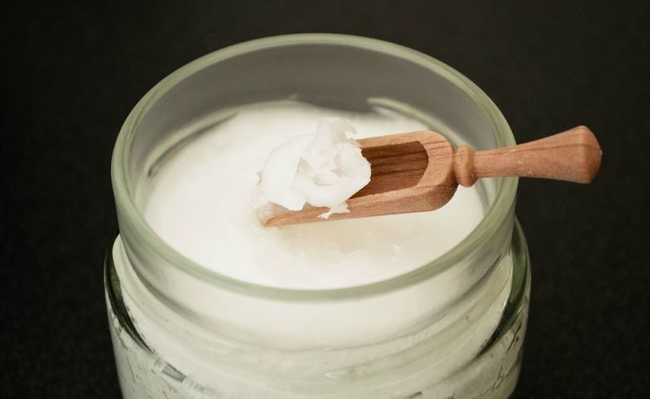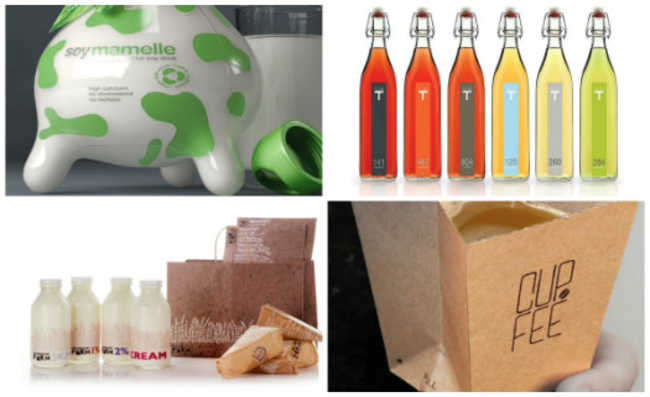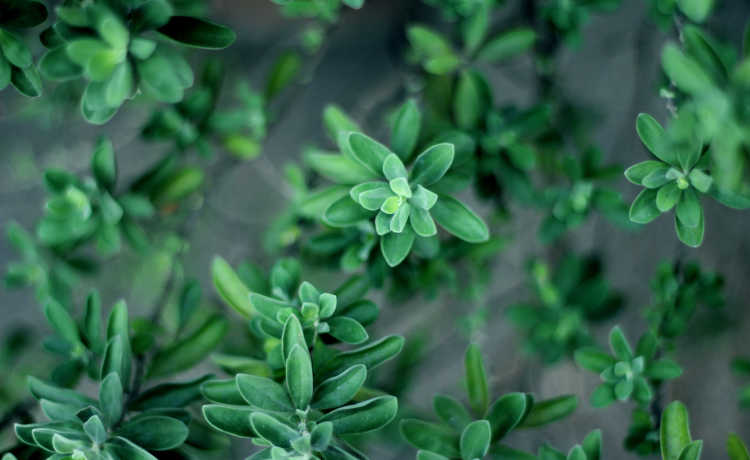Chemical pollution: what it is, agents and environmental consequences
Chemical pollution is so common that it can even be inside your home!
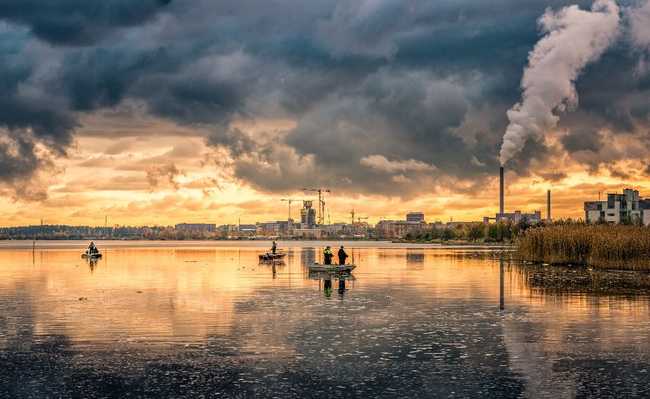
Edited and resized image by Carlos "Grury" Santos is available on Unsplash
Chemical pollution is one of the most common types of pollution. Classification mainly refers to environmental contamination of soil and water, usually generated by incorrect disposal of chemicals. Some examples of products that generate chemical pollution are industrial waste, domestic sewage and waste disposed of incorrectly, on purpose or not.
These chemical agents incorrectly inserted in nature cause reactions that end up unbalancing the environment, a characteristic common to all types of pollution. Among the damages caused by chemical pollution, in addition to making environments where chemical waste was incorrectly deposited unfit for life, there is the possibility of contaminating organisms from other environments through the food chain, since these pollutants can accumulate in organisms.
In the case of chemical soil pollution, pollutants can reach groundwater, contaminating nearby watercourses and often making the land unsuitable for agriculture and even civil construction. When human beings come into contact with water and soil contaminated by chemical products, there is the possibility of developing diseases. Depending on the type of chemical pollution and the concentration in which it is found, this contact can even cause death.
Decontamination
Also called remediation, decontamination is an expensive and time-consuming process. Often, for this reason, an area can remain contaminated for long periods, taking decades to fully recover.Examples of chemical pollutants
- Mineral toxic products: heavy metal salts, mineral salts, mercury, acids, lead, alkalis.
- Organic toxic products: phenols, hydrocarbons, detergents.
- Biodegradable: those that are decomposed by microbial action after a certain time. Some examples are insecticides and fertilizers.
- Persistent: they remain for long periods in the environment and in organisms. They can cause contamination of fish and shellfish. Some examples of these pollutants are DDT and mercury.
Chemical pollutants can be further divided into reducing agents, eutrophicants and selective recalcitrant toxic compounds:
reducing agents
They are chemical compounds, of which ferrous salts are an example, which, when released into water, are easily combined with dissolved oxygen, decreasing free oxygen rates. These reactions between chemical agents and dissolved oxygen are widely used in the laboratory to determine the so-called COD - Chemical Oxygen Demand -, which represents the amount of oxygen needed to oxidize the organic matter in a sample.
The ease of occurrence of these reactions causes many irregular releases of industrial waste to reduce the oxygen concentration of watercourses.
eutrophication agents
Chemical fertilizing agents in water, which can lead to an excessive proliferation of microorganisms (such as microscopic algae), possibly leading to eutrophication, when the overproliferation of these organisms prevents the passage of solar radiation into the aquatic environment, harming life in this ecosystem.
Selective Recalcitrant Toxics
These chemical agents form a specialized group. Examples: synthetic detergents (non-biodegradable), insecticides and synthetic herbicides.
They are important chemical pollutants, as they interfere with the pH of water, making it more acidic or more basic, causing the death of various aquatic organisms, adapted to a situation of pH balance.
In addition, they affect the salinity of water, changing the permeability of the membranes that surround the cells of marine animals, which can cause the death of these organisms.
Another phenomenon caused by selective recalcitrant toxics is the reduction in the surface tension of water. Surface tension is a greater attraction between the molecules of the surface layer of water, creating a tension between them, allowing a multitude of beings to float (such as ducks) or even walk on it (as in the case of some insects). Below are some photos that demonstrate the surface tension of water, which produces an effect similar to a film present on the surface.

Edited and resized image of Sebastien is available on Unsplash

Edited and resized image of hao wang is available on Unsplash

alexandre kenny image by Pixabay
How to avoid chemical pollution
Chemical substances capable of polluting the environment are not only found in chemical industries, but often inside our homes, in the composition of paints, removers, solvents, aerosols and sprays, disinfectants, repellents…
To avoid the pollution caused by these compounds, try to use ecological paints, replace your aerosol deodorant or spray by a roll-on, and your aerosol flavors by natural ones (learn how to make your own air freshener). Another tip is to always buy this type of product in the quantity needed for the moment, that is, what is necessary for its immediate use, as the storage of these substances poses greater risks of contamination. At the time of disposal, be aware! Check the most appropriate way to dispose of them so that the environment, impacted as little as possible.
The chemical pollution of the environment, depending on the intensity, can cause the extinction of species that lived exclusively in the place affected by the pollutant. Due to the seriousness of the matter, environmental contamination is considered a crime; certain industries even pay high fines, with those responsible even serving the sentence for the act.



